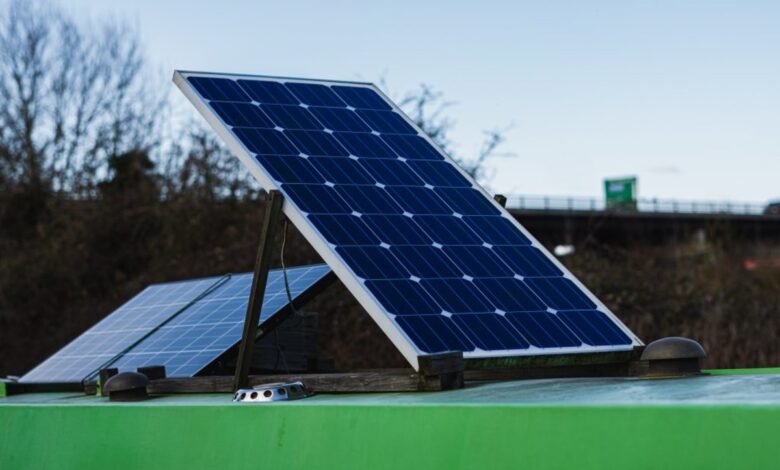How to Choose the Right Solar 1 Power System

Table of Contents
Harnessing the Power of the Sun: The Future of Solar Energy
As the world grapples with the pressing need to transition to sustainable energy sources, solar power stands out as a beacon of hope. With its abundant availability and decreasing costs, energy is rapidly becoming a cornerstone of the global energy landscape. This article delves into the advancements, benefits, and future potential of solar power, illustrating why it is poised to revolutionize the way we produce and consume energy.
The Rise of Energy
In recent years, energy has experienced exponential growth. The International Energy Agency (IEA) reports that power is now the cheapest source of electricity in history, a testament to technological advancements and economies of scale. The price of solar panels has plummeted by more than 80% over the past decade, making installations increasingly affordable for both residential and commercial sectors.
Technological Innovations Driving Efficiency
One of the key drivers of energy’s rise is the continuous improvement in technology. Photovoltaic (PV) cells, which convert sunlight directly into electricity, have become more efficient and durable. Innovations such as bifacial panels, which capture sunlight on both sides, and perovskite cells, known for their high efficiency and low production costs, are pushing the boundaries of what technology can achieve. Additionally, tracking systems that follow the sun’s trajectory have significantly increased energy capture.
Environmental and Economic Benefits
Solar energy offers a plethora of benefits that make it an attractive option for sustainable development. Environmentally, it is a clean, renewable source that reduces greenhouse gas emissions and lessens our reliance on fossil fuels. Economically, power provides energy security and price stability, reducing the vulnerability to global oil price fluctuations. Moreover, the industry has become a significant job creator, employing millions worldwide in manufacturing, installation, and maintenance roles.
Challenges and Solutions
Despite its promise, solar energy faces challenges that need addressing. One of the primary concerns is energy storage. Solar power is intermittent, as it depends on sunlight availability, which can be unpredictable. Advances in battery technology, such as lithium-ion and solid-state batteries, are crucial for storing excess energy generated during sunny periods for use during cloudy days or at night.
Another challenge is the initial investment cost. While prices have dropped, the upfront cost of installations can still be prohibitive for some. Innovative financing models, government incentives, and community programs are helping to overcome this barrier, making more accessible to a broader population.
The Global Impact and Future Outlook
Countries around the world are recognizing the potential of solar energy and are ramping up their investments. China, the United States, and India are leading the charge with large-scale farms, while smaller nations are making significant strides with community-based projects. In regions with abundant sunlight, such as the Middle East and Africa, power is set to play a pivotal role in future energy strategies.
How to Install Panels on Your Roof
Looking ahead, the future of solar energy is bright. Continuous advancements in technology, coupled with supportive policies and increasing public awareness, are expected to drive further growth. As we move towards a greener future, energy will undoubtedly be a key player in our quest for sustainable and resilient energy systems.
In conclusion, solar energy is not just an alternative; it is rapidly becoming a primary source of power for the world. Its benefits extend beyond clean energy production to economic growth and environmental preservation. By embracing solar power, we take a significant step towards a sustainable future, ensuring a healthier planet for generations to come.



